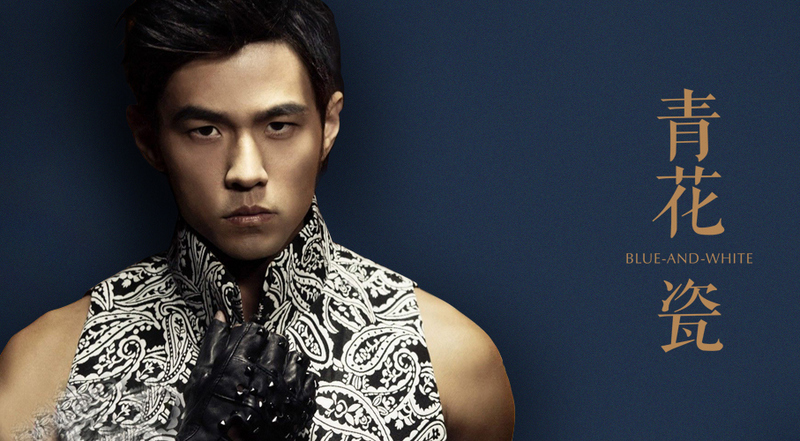Introduction
Fade Away and the Blue and White Proclina are two famous symbols of classic lyrics in Vincent Fang's work. Due to the strong Chinoiserie, it is well received by most Chinese listeners. Vincent Fang always uses the elements of Chinese classical poetry in the creation of the Chinoiserie style. The lyrics are full of the implied meaning of Tang poetry and Song poetry and have unique classical feelings. Vincent's lyrics influenced a generation of lyricists, and now more and more lyricists create Chinoiserie lyric. The main goal of my project is analyzing the Vincent's Chinoiserie lyric to show the Chinese classical culture, including the metaphor, word selection, and classic imagery. The broad definition of Chinoiserie style songs is the creation of genre for Chinese minor or traditional pentatonic scales. Or arrange Chinese traditional musical instruments such as Pipa, Yueqin, Guzheng, Erhu, Flute, Cave, etc. And the lyrics are mixed with the classical vocabulary which reflects Chinese traditional cultural, such as the moon, Tang suit, arch bridge and so on. These classical vocabularies not only create an image with classic style but also reflect characteristics of Chinese traditional culture. For example, when people talk about panda they will think about China. Vincent's lyric has the same function as the panda does. In other words, people can think of China as soon as they hear his lyrics because he uses many words to create an image which only exists in China. For example, in the lyric of Blue and White Porcelain, he uses several words to reflect Chinese traditional culture, such as peony flower, rice paper, sandalwood. When people hear such words, the brain naturally emerges a Chinese classical painting. In ancient China, only rich people have enough money to study poetry and musical instruments. So at that time Chinoiserie style reflects the ethnicity features of upper-class people. Today most of the Chinese middle class has the financial ability to pay for the cost of learning these classical cultures. But they are all letting their next generation learn these classical cultures. This has caused many Chinoiserie elements to be reflected in the language characteristics of Chinese young people.

